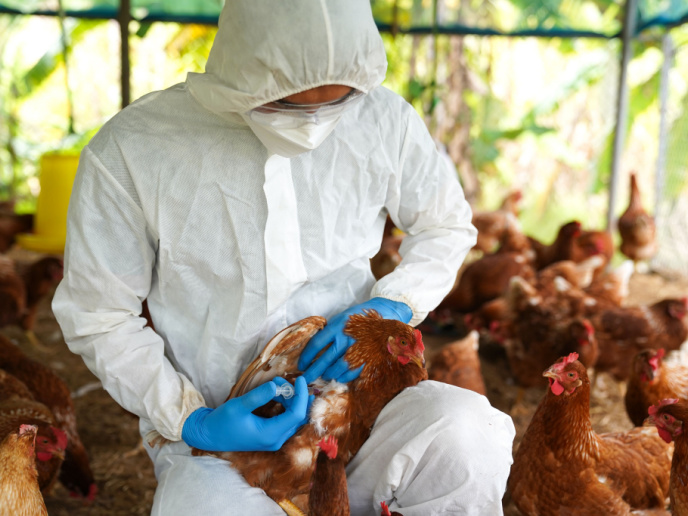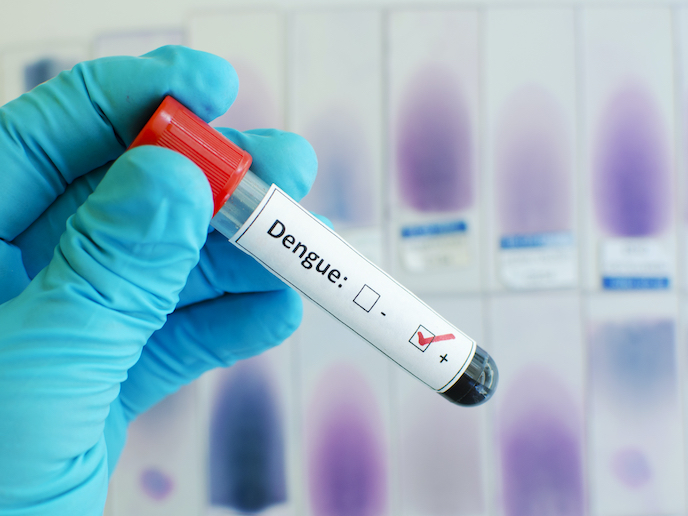Discovering truths about bird flu
Like COVID-19, avian influenza(opens in new window) is a zoonotic disease(opens in new window) with a wildlife origin. Bird flu also has the potential for cross-species and rapid transmission, causes a major socio-economic burden and requires initial control strategies to contain outbreaks. It is important to understand how infectious diseases emerge and circulate at the animal-human interface to better prevent and control the future emergence of diseases. A Marie Skłodowska-Curie Actions funded project, DIGDEEP aimed to unravel the transmission dynamics of avian influenza virus (AIV) at the poultry-wild bird-human interface by using an original combination of epidemiological and phylodynamic approaches(opens in new window). A combination of evolutionary and ecological processes, phylogeny gives a unique insight into viral behaviour and so to more effective control strategies. Using this formulation, the project’s core goal was to generate underpinning knowledge needed to develop effective control strategies tailored to the characteristics of AIV evolution and transmission and to inform health policymaking.
Unexpected findings
DIGDEEP studied the inference of key epidemiological parameters of AIV spread, such as the basic reproduction number and quantified spillover events between host species. Moreover, it focused on the estimation of the number of unreported cases, crucial for a well-informed response. In one of the analyses conducted by the project, the researchers applied phylodynamic tools to AIV genetic sequences collected during the unprecedented 2016-2017 epidemic of AIV in Europe. “We showed that the middle of the epidemic was partly driven by wild bird-to-poultry farm transmission events showing that the role of wild birds was likely greater than expected and was not limited to the onset of the epidemic,” says Claire Guinat, project coordinator. This allowed the researchers to inform policymakers that efforts are necessary to ensure that prevention strategies aiming at limiting AIV spread between wild birds and poultry farms are implemented during high-risk periods. These include restriction of outdoor access and providing indoor feed and drinking water.
Data sharing is caring
One of the challenges the DIGDEEP team faced was the high computational demand for the phylodynamic approaches. This led them to reduce the number of key epidemiological parameters they aimed to infer by simplifying their evolutionary models of AIV. Limited access to, and restricted sharing of AIV genetic sequences during outbreaks, has also been an inconvenience. Unfortunately, there are currently no guidelines to ensure that data are shared as widely and quickly as possible. “We had to rely on our network of international collaborators from our past experiences to access the data we needed to conduct the project,” says Guinat. “We strongly believe that new tools and practices are needed to foster cooperation in data sharing.”
Knowledge for prevention
DIGDEEP appears to be a stepping stone to generating knowledge needed for the development of effective control strategies tailored to the characteristics of the virus’ evolution and transmission. Such strategies include quarantining infected hosts, movement bans in areas at high risk of infection and reinforced biosecurity. The team aims to extend the project to study areas where recent AIV emergence events have caused large and long-lasting epidemics, such as in Europe in the winters of 2021 and 2022 as well as in Asia throughout past years. Further on, their goal is to address the risk of zoonotic AIV infections. Based on genetic information, they will track mutations that increase the risk of AIV switching from avian to mammalian hosts.







